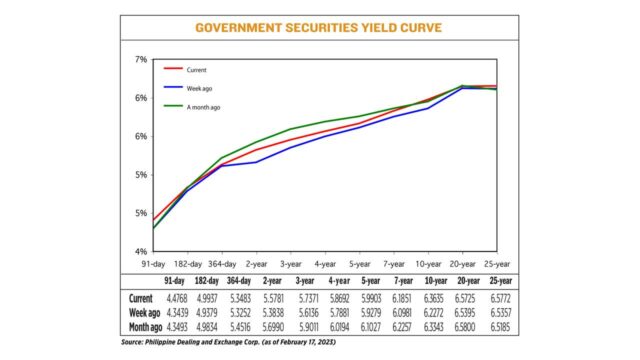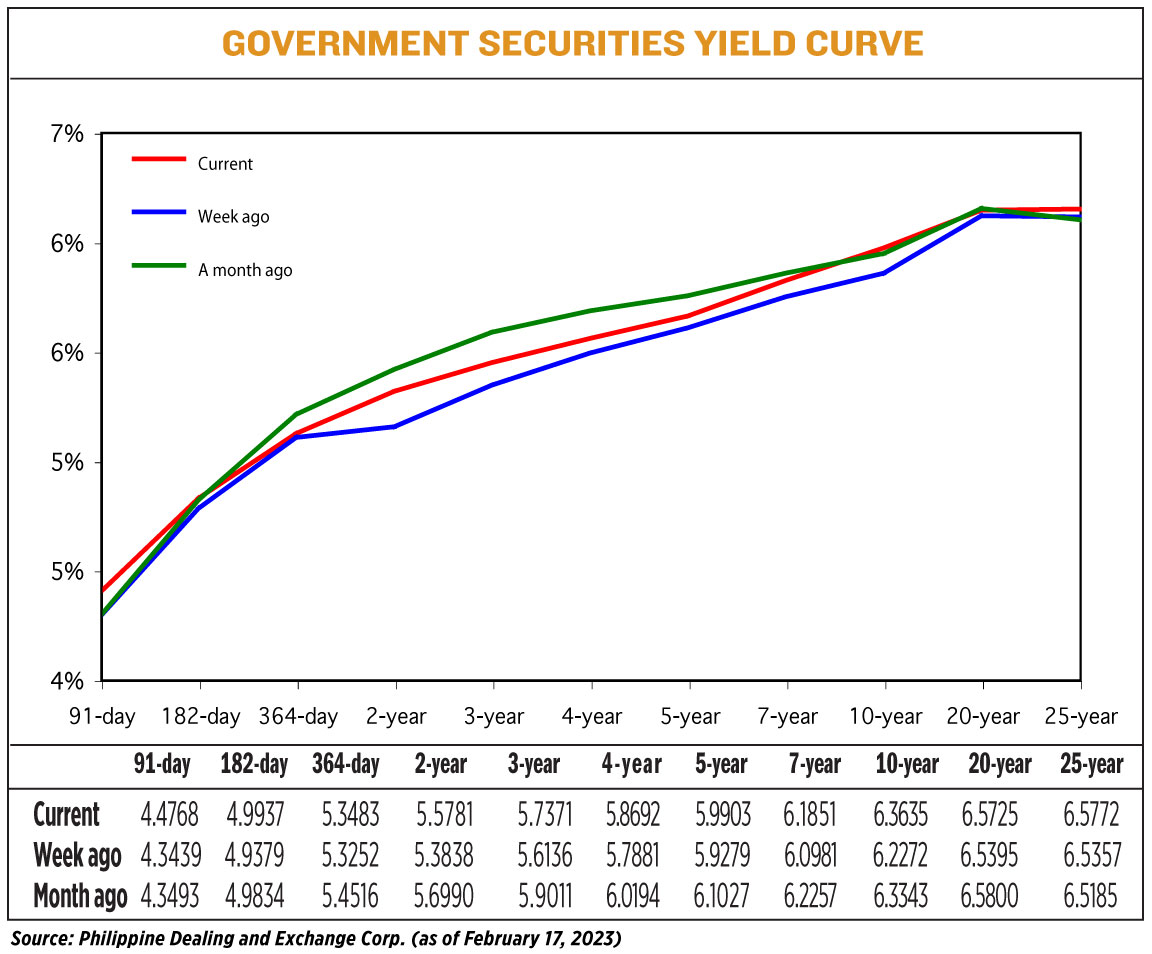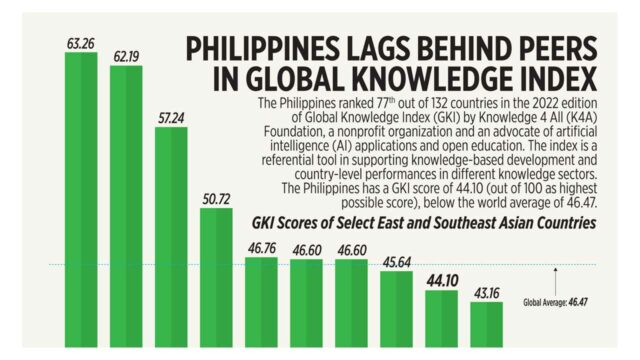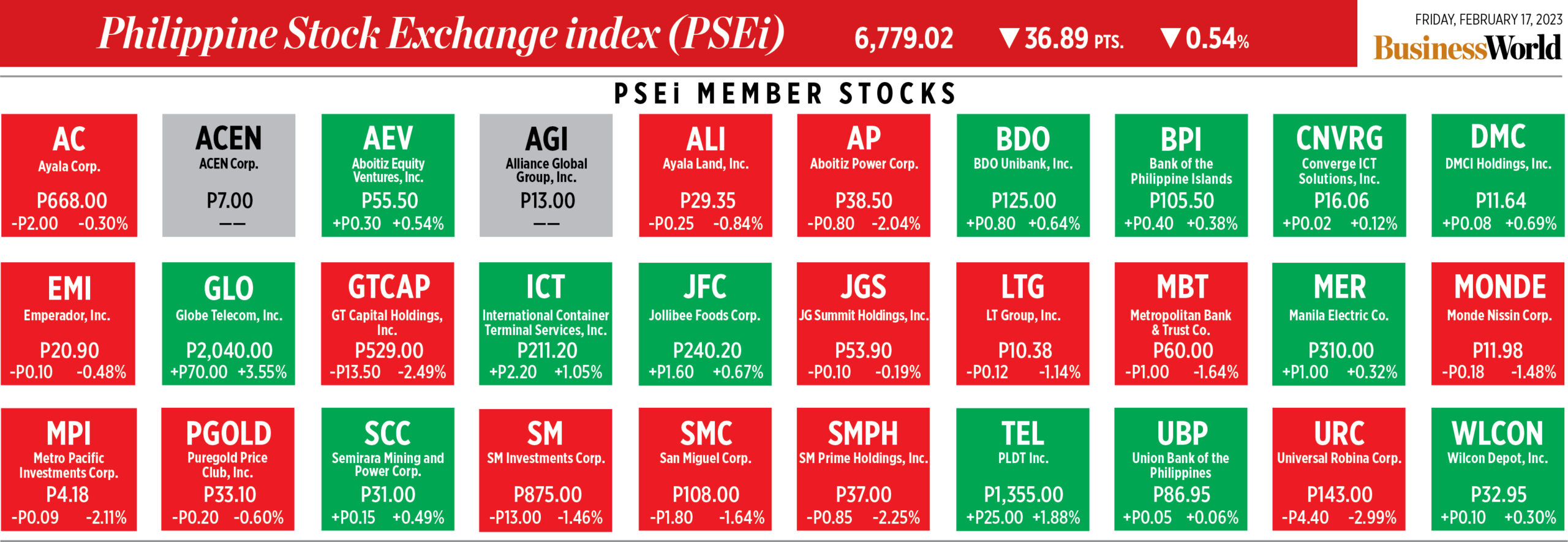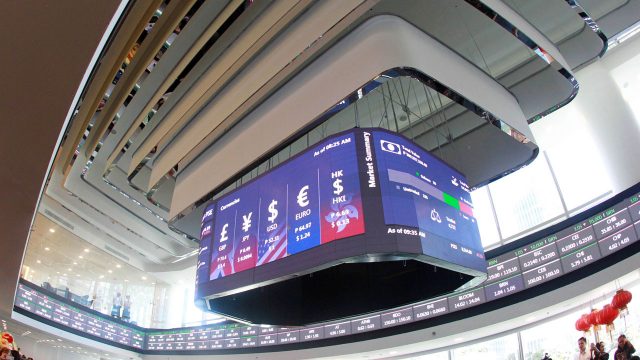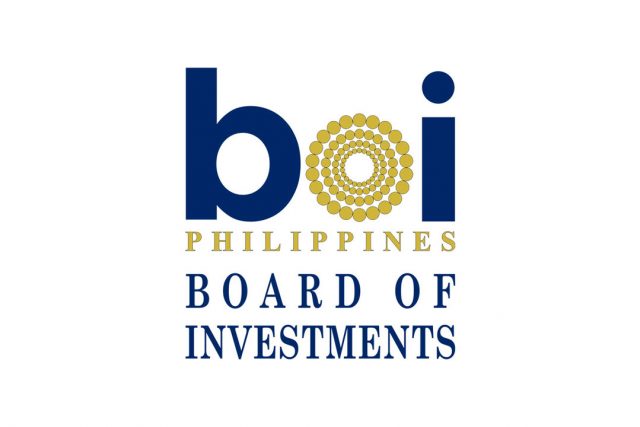DoF expects more businesses to go green this year
THE DEPARTMENT of Finance (DoF) is confident that it can persuade more businesses to go green this year, citing the possible passage of a bill easing tax payments as well as increased promotion of available incentives.
Finance Undersecretary Maria Cielo D. Magno said that despite the incentive packages, the Philippines still has a low count of environment-friendly companies.
“Companies are still applying; we still have very few,” she said in an interview on the sidelines of the Nordic-Philippine Climate Executive Dialogue on Thursday.
However, she expects to see progress this year since “we’re just at the beginning of implementing it,” referring to incentive packages provided by the fiscal incentives review board.
The DoF is giving incentives to companies that employ eco-friendliness and renewable energy, as well as those that introduce new technology.
“We are also working with Congress right now on the ease of paying taxes to simplify all the tax administration [and] tax payments,” Ms. Magno said, citing the inclusion of a provision that further simplifies invoicing requirements of companies.
She said the bill if passed would make it easier for export companies that are entitled to a value-added tax (VAT) refund to get their claim, benefits, and incentives given by the government.
Should the proposed bill be passed, it will remove the P500 annual taxpayer registration fee, introduce a medium-sized taxpayer classification, and remove the distinction between sales invoices and official receipts for purposes of recognizing VAT transactions.
“The [DoF] remains steadfast in mobilizing financing for climate change mitigation and adaptation,” Ms. Magno said.
The Finance department is currently establishing a sustainable finance ecosystem to synergize investments from the public and private sectors to yield green projects that “will have a lasting and permanent effect on the environment and our people,” she added.
Meanwhile, Ms. Magno said that in the extractive sector, which includes mining, and oil and gas exploration, “there is an active discussion within the MSG (multi-stakeholder group), the board of the EITI (Extractive Industries Transparency Initiative), to discuss stronger environmental and social monitoring,” noting awareness for the increasing need for critical minerals.
On its website, the EITI describes itself as a platform to show the direct and indirect contributions of the extractive sector to the economy, among others.
Critical minerals such as copper, lithium, nickel, cobalt and rare earth elements are essential components in rapidly growing clean energy technologies — from wind turbines and electricity networks to electric vehicles, according to the International Energy Agency.
Demand for these minerals will grow as clean energy transitions gather pace, it added.
“Right now, the group is working on a grievance mechanism, so that the MSG will be more accessible,” Ms. Magno said, adding the creation of more policies that target responsible mining.
“If we’re able to really implement policies that would make responsible mining feasible, then I think it’s good news for everyone, especially now that there’s increasing demand for critical minerals,” she said. — Alyssa Nicole O. Tan



